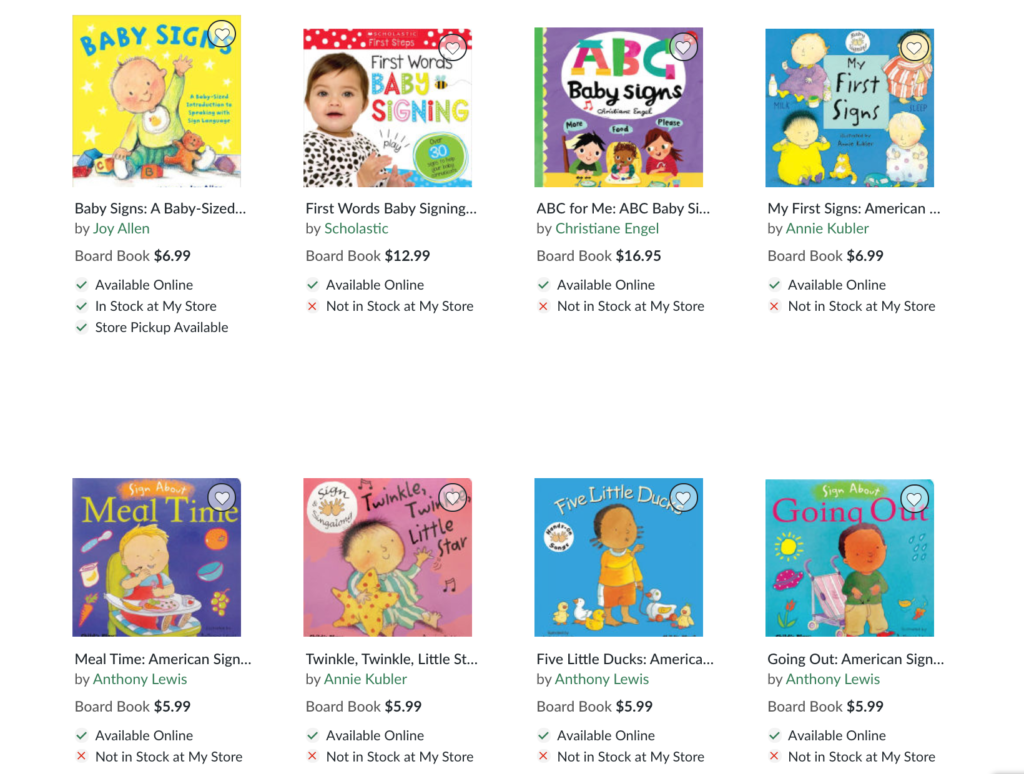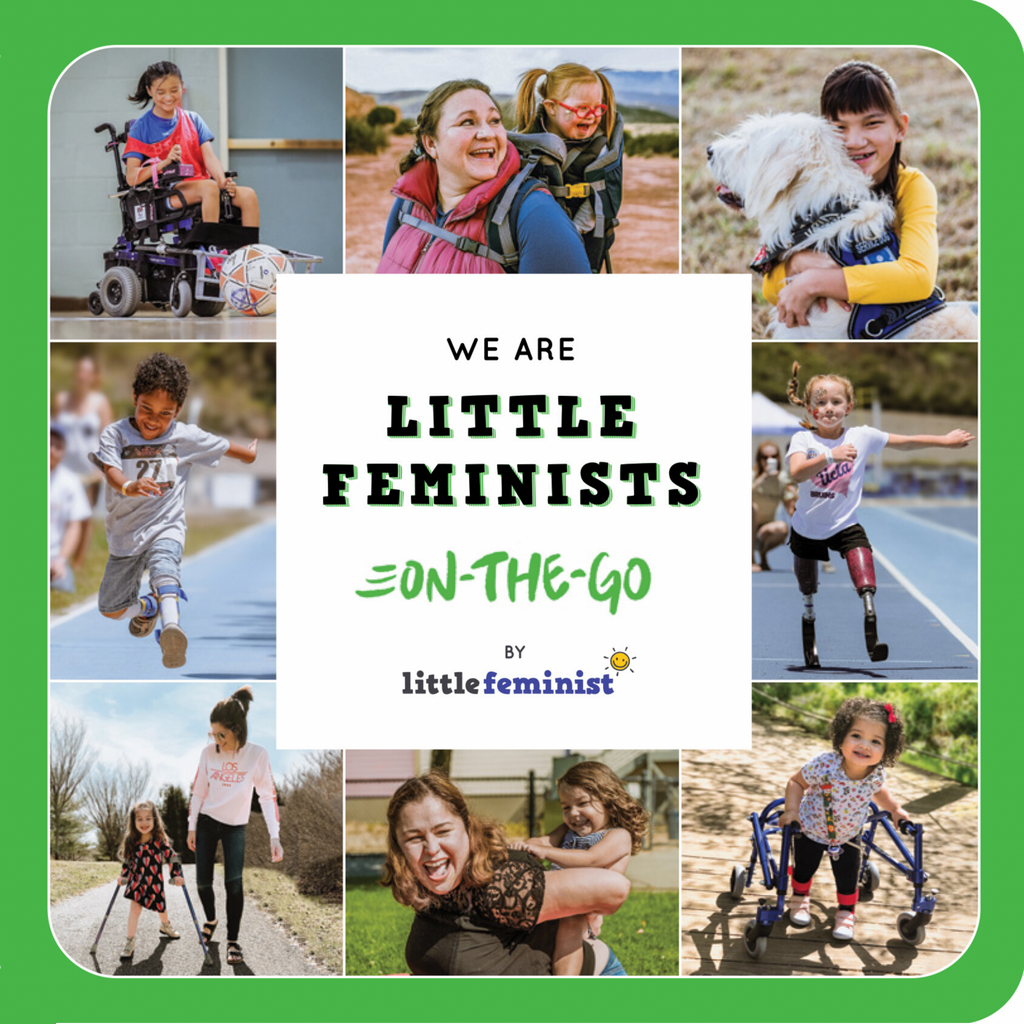When my daughter is born in April, she’ll be meeting very few people. She’ll know myself, my husband, and my mother. Perhaps she’ll meet another person or two, but for the sake of my own mental health and the sake of both our physical health, keeping her away from other people who aren’t immediate family or household members is essential. I’m hopeful that we can take walks through the local farmer’s market in the summer safely and know we’ll find ways to wander the incredible swaths of parks and preserves in the local area.
My early career was as a youth librarian. Though my training and focus was always in teen services, the reality of small town librarianship is that sometimes you’re overseeing a much larger age group than the one with which you’re most comfortable. I was never a big storytime person, nor was I especially fond of babies or toddlers. Preschoolers, middle schoolers, and high schoolers, on the other hand, were my jam.
Despite that, or perhaps because of that, I spent a lot of time in that job getting to know the books meant for the youngest readers. I wanted to ensure that even if I couldn’t be the best at singing or dancing with little ones — we had staff members who could, would, and did absolutely rock that! — I could provide materials that were age and developmentally appropriate for groups outside my usual range of knowledge.
This was when I quickly learned how much babies love looking at pictures of people. It’s also when I knew how vital my library’s board book collection was, even if it was the bane of every shelver’s existence. Those books come in so many shapes and sizes and simply don’t sit nicely on shelves, especially if babies and caretakers are using them in the building.
One way I’ve found comfort during this pregnancy has been in thinking about the kinds of books to which I’ll expose my daughter in her youngest years. Knowing that her interactions with humans will be so limited and knowing how important exposure is to a young person’s experience of the world matters, this means I’ve purchased and wishlisted a tremendous number of books that are about all kinds of people. The kind of diversity seen in today’s board books is wildly different than a decade ago, wherein I had so much trouble being able to buy books with brown and Black baby face books for my collection in a community where nearly 40% of the community identified as Latinx.
It was as much time as I spent seeking out art for the children’s department that wasn’t exclusively in English, as a majority of the population served spoke Spanish as a first or second language.
I know how much I’m loving looking at these books before my child is born, and I’m so excited to be able to share them with her.
But there’s a giant, gaping hole in the board book world: disabled representation.
Over the years, we’ve seen classics of English literature made into cute, if audience-questionable, board books. We’ve seen, as noted above, so many different faces shown across these books. There are board books about antiracism, about feminism, about incredible leaders of all shapes and sizes. Children’s books about diversity are still the minority, but thanks to increased demands for them, we are seeing them show up more frequently.
And yet, unless you want a book about baby sign language, about Helen Keller, or with a very heavy Christian theme — none of which are wrong or bad, but limited — finding board books showcasing people of varying abilities and using a range of assistive devices is nearly impossible.
I’m lucky and my immediate family is lucky to be able to move through the world without assistive devices. Even when my grandparents were at the age many older adults turn to tools to help make movement easier, both were walking on their own (my grandpa used a cane periodically, but he never wanted anyone to see him using it). It’s rare, and it’s likely partly due to societal expectations, to pressure to appear healthy all the time, and probably to some sheer hardheadedness.
Given this, and given that the world is filled with people who travel through it in such a wide array of manners, utilizing wheelchairs, prosthetics, walkers, scooters, hearing aids, working animals, and so many other tools, why aren’t they present in books for the youngest readers in our society?
It’s possible to share picture books with a baby, of course, but picture books aren’t designed with the baby’s development in mind. That’s the purpose of board books. They allow the smallest hands and mouths and teeth and eyes the opportunity to look at pages, to flip them, and to carry them around to their heart’s delight. Thinking about my baby toting a copy of Global Babies, slobber-covered and bent to hell, fills me with delight. Books are for use.
But the fact she can’t carry around and explore books packed with folks of different abilities is beyond disheartening. It’s disingenuous. It’s a massive hole in representation. It’s a further ding against an industry that has been able-angled and white for far too long.
For a baby born during a pandemic through no choice of her own, it also means she won’t have the visual exposure to what the world around her really looks like.
Board books aren’t a primary money maker in the publishing industry, and they’re often developed in-house, as opposed to being acquired from authors directly. And even though I worked in a library that kept board books updated, the problems of shelving and damage to these kinds of books means they aren’t always in libraries.
I absolutely want my child to learn about Helen Keller. I would love for her to get excited about baby sign language books. But shouldn’t she also have an array of books to look where disability is front and center? Shouldn’t those be easy to find and pop on a baby registry at any major retailer?
Indeed, it’s not from a major publisher, but an indie press purposefully creating inclusive content for young readers. It’s from a company called Little Feminist, who created a three-book picture series via a crowd fundraiser to highlight a wide range of hair, families, and disabilities for readers 0–5 in board book format. On-The-Go specifically showcases on the cover an incredible range of bodies and devices that make navigating a world built for abled bodies more possible for those who are disabled.
The company developed their fundraiser when they saw the lack of such representation in board books and decided to do something about it. This book, as well as the others in the series, are featuring the realities of the world around us in a compassionate manner.
But why did it take them stepping up to the plate to do this? Why aren’t publishers dedicating space and time to reaching babies and, perhaps more realistically, the purchasers of books for those babies?
Caretakers and babies can do without another cutesy take on Jane Austen or other white authors that serves little purpose beyond adult gift-giving. Rather, more books showcasing what the world looks like, books that show babies who look like them and who don’t look like them, highlighting all of the different ways one can be in a body: those are the tools necessary for change, for acceptance, and for learning to love oneself and the world around them.
I want nothing more than for my daughter to chew up, flip through, smile, giggle, and babble at books packed with pictures of people who look nothing like her so that when she is able to be part of that global world, she’s able to understand her place of privilege within it.



























